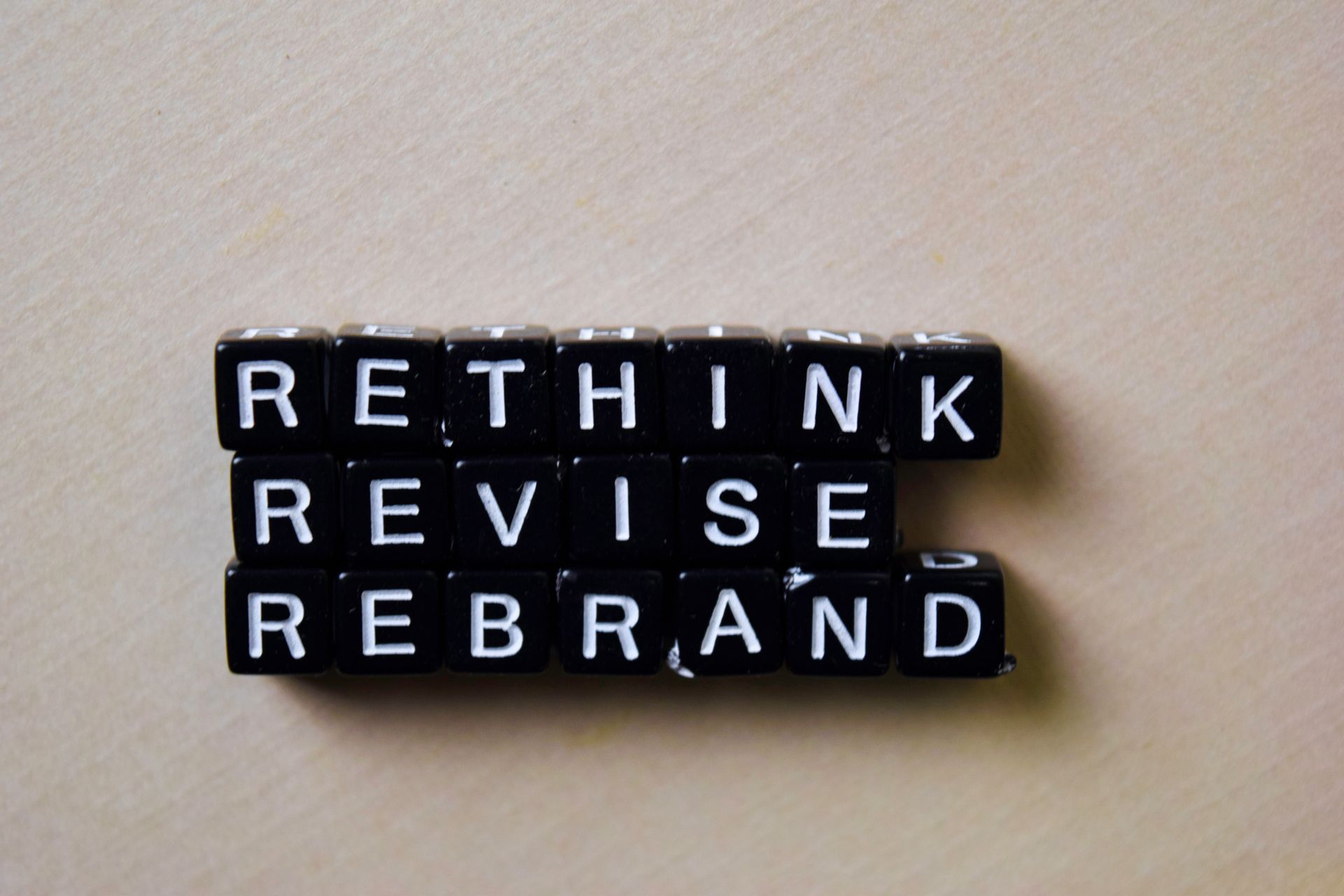Creating a Brand Personality
Defining Your Style & Image
In today's digital age, creating a solid brand personality is essential for any business looking to stand out in a crowded market. Defining your brand's style and image through color, theme, and uniqueness is crucial when creating imagery for social media, websites, and other digital content. This provides consistency and direction for your brand, helping to target a potential audience and connect with your existing customers. In this blog post, we will explore the importance of developing your brand's personality and provide quick tips on how to do it effectively.
Identify Your Voice
Identifying your brand's voice is crucial to creating a strong brand personality that resonates with your target audience. This involves determining your brand's unique characteristics and values and how you want to communicate these to your target audience. Your brand voice should be consistent across all channels and messaging to create a solid and memorable brand identity. A consistent brand presentation can increase revenue by up to 23%.
Here are some practical tips to help you identify your brand's voice:
- Define your brand's mission and values: Your brand's mission statement should be clear and concise and reflect the values your brand stands for. This will help you create messaging that aligns with your brand's identity.
- Know your audience: Understanding your audience is critical to tailoring your messaging and creating a brand voice that resonates with them. Use market research and analytics to gain insights into your target audience's preferences, values, and habits.
- Use language that aligns with your brand identity: Choose words and phrases that reflect your brand's personality and values. If you're a high-end fashion brand, use sophisticated and exclusive language. Use words that reflect your playful and approachable personality if you're a local boutique.
Develop Brand Keywords
Developing brand keywords is an important step in creating a solid brand personality. These specific words and phrases embody your brand's values and personality. They should be chosen with your target audience in mind and should evoke the desired emotional response. Brand keywords can be used in marketing materials to create a consistent and recognizable brand voice. Companies that excel at lead nurturing generate 50% more sales-ready leads at 33% lower cost.
Here are some practical tips for developing brand keywords:
- Brainstorm words and phrases that reflect your brand's personality:
Consider the emotions you want to evoke in your audience and choose words that align with those emotions. For example, if you want to create a brand that evokes a feeling of luxury, words like "elevated," "premium," and "exclusive" may be appropriate.
- Use keywords consistently across your branding efforts: Consistency is key when it comes to developing brand keywords. Use your keywords consistently across your website, social media profiles, and other digital content to reinforce your brand's personality.
Personify Your Brand
Personifying your brand effectively creates a strong brand personality that resonates with your target audience. This typically looks like making a personality for your brand that reflects its values, identity, and voice. Your brand personality should be aligned with your target audience and help to establish an emotional connection with them. This can be done by choosing a tone of voice, creating a brand character or persona, or using imagery and messaging that aligns with your brand personality. 65% of consumers feel emotionally connected with brands that share their values.
Here are some practical tips for personifying your brand:
- Define your brand's personality: Consider the traits and characteristics that reflect your brand's values and identity. Is your brand playful or serious? Is it sophisticated or approachable?
- Choose a tone of voice that reflects your brand personality: Use language and tone that aligns with your brand's personality. For example, if your brand is playful, use a lighthearted tone of voice. If your brand is serious, use a more formal tone of voice.
- Use visual elements that reflect your brand personality: Use colors, typography, and imagery that reflect your brand's personality and values. This will help you create a consistent visual identity that reinforces your brand's personality.
Developing a clear brand personality is a continuous process requiring reassessment and adjustment. As your business evolves and your audience's needs change, it's essential to ensure that your brand's messaging and imagery remain consistent and adequate. Regularly reassessing your brand personality every 1-3 years can help you stay relevant in a rapidly changing market and ensure your messaging resonates with your target audience. It can also provide your employees with clear guidelines on communicating your brand's values and identity, making it easier for them to create effective marketing materials and represent your brand in their interactions with customers.
Establishing a consistent and recognizable brand identity can create trust and loyalty with your audience, stand out in a crowded market, and ultimately drive revenue growth. So please take the time to define your brand's voice, develop your brand keywords, and then choose the right colors and themes. It's an investment that will pay dividends for years to come.
Our Work



WHAT IF I JUST NEED HELP WITH ONE PROJECT? VISIT OUR CREATIVES PAGE FOR OUR À LA CARTE SERVICES.
We're a branding agency based in Nebraska that is committed to taking ambitious do-ers to the next level.
VISIT (OR SEND GIFTS)☺
211 W. 3rd Street
Grand Island, NE 68801
WEBSITE DESIGNED BY TALLY CREATIVE, COPYRIGHT 2024





